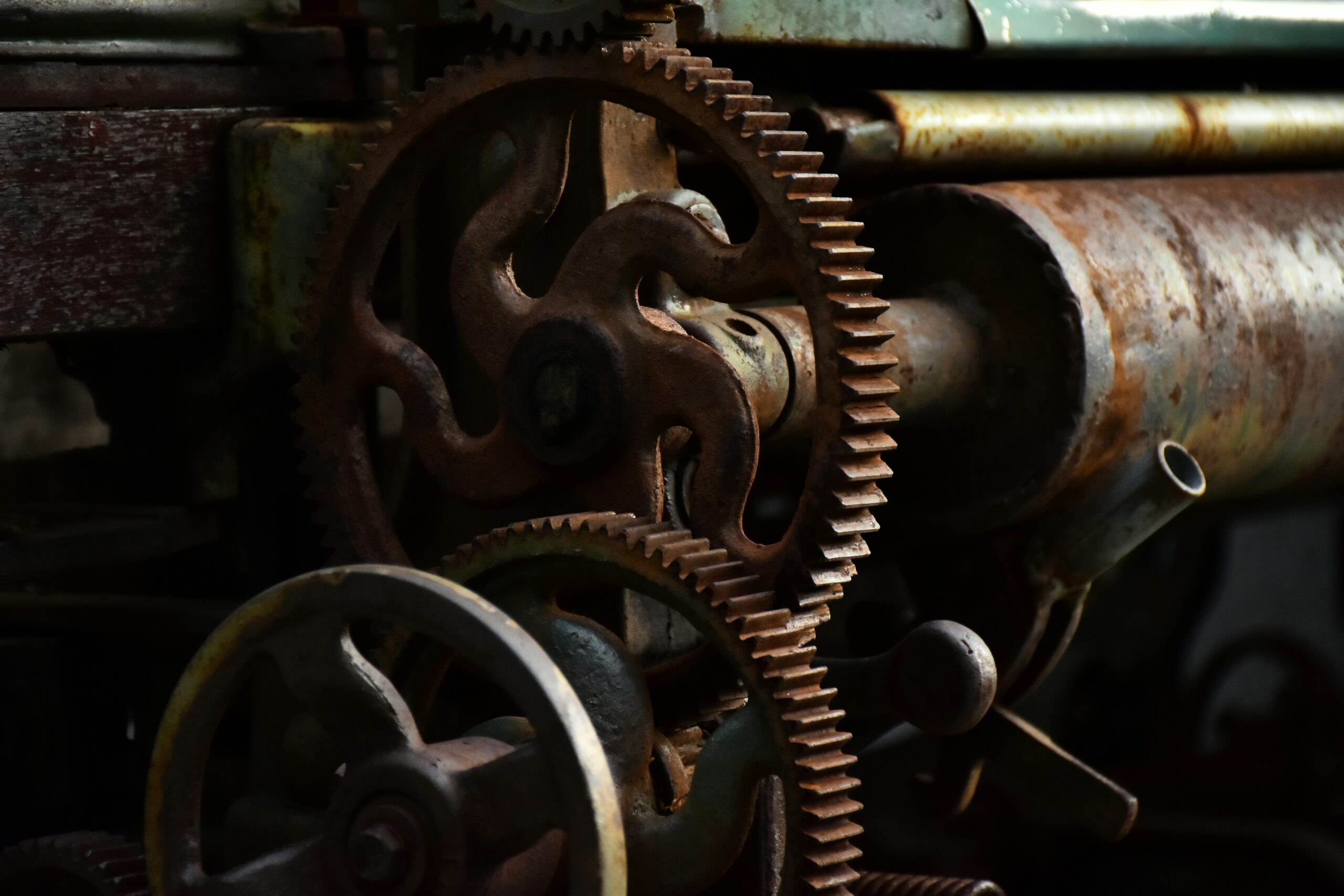
The Sim Corder/Harrison Mill is more than an industrial relic—it is a testament to human creativity and the brilliance of early engineering. Built during an era when electricity was a distant dream, the mill transformed the relentless energy of flowing water into powerful mechanical motion. What began as a local innovation soon became an enduring model of efficiency, sustainability, and design excellence.
Standing today as a historic monument, the mill’s structure and mechanisms continue to inspire engineers, architects, and historians. Its builders achieved something extraordinary with limited resources and infinite ingenuity. Every rotation of its waterwheel still echoes a story of ambition, craftsmanship, and progress that shaped both the local community and the future of mechanical design.
Harnessing the Power of Water
The Sim Corder/Harrison Mill is a masterclass in water-powered engineering. Its design captured the natural energy of a nearby stream, converting it into a continuous force that drove massive gears, belts, and grinding stones. Through careful calculation and craftsmanship, its builders created a seamless system that required no electricity, no fuel, and no waste—just the power of nature in motion.
The waterwheel, the centerpiece of the mill’s operation, was designed with precision. Its paddles were angled to catch the maximum flow, ensuring a steady rotation that powered multiple mechanisms simultaneously. The kinetic energy generated by the stream was distributed throughout the mill’s intricate network of gears, creating a rhythmic, reliable flow of productivity.
Modern engineers continue to marvel at this level of efficiency. The mill demonstrated principles that still apply in contemporary hydropower systems—sustainable energy harnessed with minimal environmental impact. It remains proof that intelligent design and respect for nature can coexist beautifully.
A Structure Built to Last
The architectural design of the Sim Corder/Harrison Mill reflects both strength and sophistication. Constructed from stone, timber, and iron, it was built to endure decades of use and the relentless motion of heavy machinery. The thick stone walls provided stability, while wooden beams absorbed the vibrations caused by grinding and turning gears. Iron fittings strengthened critical joints, creating a balance between flexibility and durability.
The mill’s design also prioritized functionality and natural light. Large arched windows allowed sunlight to brighten the workspace, reducing the need for artificial illumination. The interior layout followed a logical flow, with each level serving a specific mechanical purpose. This not only optimized productivity but also made maintenance straightforward and efficient.
What sets the Sim Corder/Harrison Mill apart from other structures of its time is how form and function blended seamlessly. It wasn’t merely built for utility—it was crafted to be beautiful in its precision. This harmony of design continues to inspire architects and preservationists who see the mill as a blueprint for sustainable construction.
The Heart of Early Industry and Community
Beyond its technical brilliance, the Sim Corder/Harrison Mill served as a lifeline for its surrounding community. In an age when self-sufficiency defined survival, the mill provided essential services that supported local agriculture and trade. Farmers brought their grain to be milled, artisans maintained tools, and merchants gathered to exchange goods and stories.
The sound of the turning wheel and the gentle rush of water became the heartbeat of daily life. The mill represented opportunity—an example of how innovation could empower people and strengthen communities. It stood as a symbol of collaboration, showing that progress was most effective when shared.
Historians often describe the mill as both a social hub and an industrial one. It was a place where work and culture intersected, where knowledge was passed down, and where the rhythm of machinery blended with the rhythm of life. That sense of connection still resonates today when people visit the site, reminding us that innovation is not only about machines—it’s about people.
Lessons in Sustainability and Ingenuity
The world today is rediscovering principles the Sim Corder/Harrison Mill practiced centuries ago—renewable energy, sustainable design, and efficient use of resources. The mill ran entirely on water, a renewable power source that required no fuel and produced zero emissions. It operated within the natural cycles of its environment, demonstrating a respect for balance that modern industry often struggles to maintain.
Its mechanical systems also reflected simplicity and longevity. Each component was designed for durability and ease of repair. This kind of foresight is rare in modern design, where disposability often replaces durability. Engineers and environmentalists now look to examples like the Sim Corder/Harrison Mill to understand how earlier generations built systems that were both effective and enduring.
In many ways, the mill anticipated the sustainability movement. It was efficient, self-sufficient, and environmentally harmonious—proof that true innovation doesn’t depend on complexity but on clarity of purpose and thoughtful execution.
Preserving the Past, Inspiring the Future
Today, the Sim Corder/Harrison Mill continues to inspire. Restoration efforts have preserved its machinery and structure, allowing visitors to see its mechanisms in motion and experience firsthand the ingenuity that powered early industry. Each creak of the gears and splash of water serves as a reminder of how imagination and determination shaped human progress.
For modern engineers and historians, the mill remains a touchstone. It challenges us to rethink how we design technology, reminding us that innovation rooted in sustainability and simplicity can stand the test of time. It encourages us to reconnect with nature, harnessing its forces not through domination but through cooperation.
As society seeks cleaner energy and more innovative design, the lessons of the Sim Corder/Harrison Mill grow even more relevant. Its creators proved that progress and preservation can go hand in hand—a truth that continues to guide and inspire those who dream of a better, greener future.